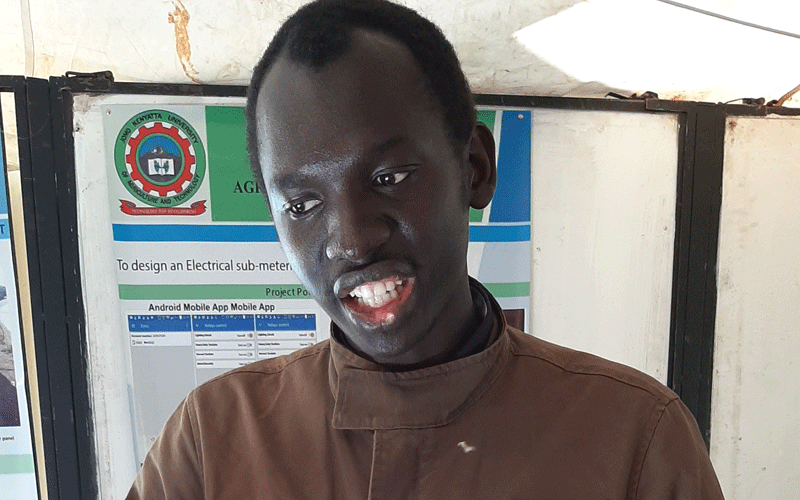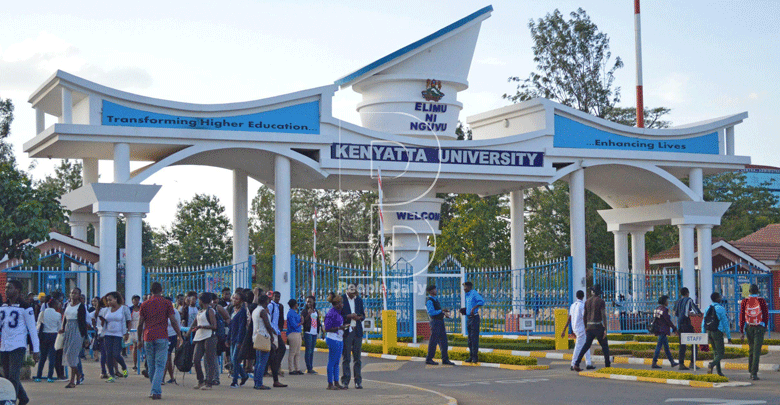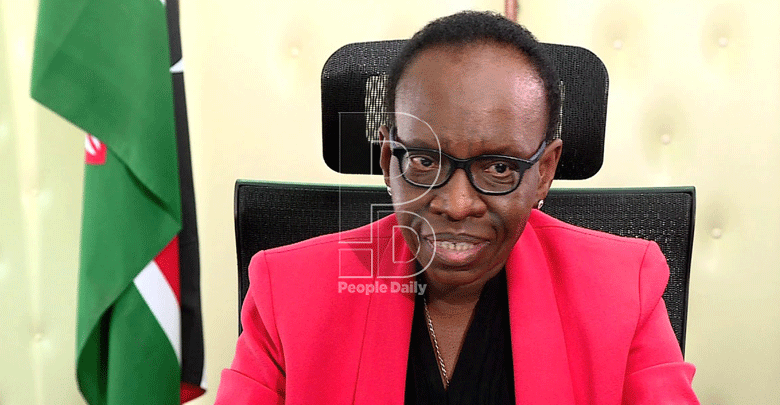Smart irrigation system to reduce water wastage

Milliam Murigi @millymur1
Due to erratic shifts in weather patterns as a result of climate change, rain-fed agriculture has become unreliable.
Decreasing water resource, rivers drying up and unpredictable weather patterns presents an urgent need for proper utilisation of available water.
It’s against this backdrop that a former student of Jomo Kenyatta University of Agriculture and Technology (Jkuat) and Ben Muoki, a technologist at the institution have developed an automated smart irrigation system that saves water and boosts agricultural productivity.
The innovation aims to bridge the gap, in a country classified by the United Nations as water scarce, by utilising the limited resource to increase food production.
The innovation uses soil moisture sensors to detect when the soil is dry and channels water directly to the crops. When enough water has been delivered, the system automatically shuts down supply.
Inefficient methods
“We developed this automated smart irrigation system to optimise water use for agricultural purposes,” says Tibi Sidi Vudi, one of the innovators.
According to the electrical and electronic engineering graduate, farmers waste a lot of water using inefficient methods such as sprinklers and drip irrigation. The two methods do not measure the amount of water needed by crops to avoid wastage.
Automated smart irrigation is a technology used in farm management to ensure that the crops and soil receive the exact amount of nourishment a plant needs for optimum health and productivity.
The system consists of three major components including the main controller board, sensors and valves. It has a solar panel since it is solar-powered, but has a battery pack for back-up.
These devices create a whole computing system that connects sensors and tools. They observe data from the agricultural field and accurately feed it into the repositories.
“This is a novel method of smart farming. With the system, we link a sensing and an irrigation system through wireless communication technology,” adds Sidi.
It uses a wireless sensor network to measure soil moisture, humidity and temperature from various locations of the field and as per the need of a crop. Besides reducing water wastage, it can also save on labour costs as there won’t be need to engage a farm attendant to man the irrigation process.
In case of a hitch that may prevent proper circulation of water, the farmer receives an SMS alert from the system notifying them of the problem.
The automated smart irrigation is based on Internet of things (IoT), a system that connects multiple computing devices that collect and share data. It also uses a microcontroller, a device that runs the IoT.
Using IoT, all the details are stored in the cloud and can be monitored. Data is processed in a smart cloud service and the developed multimedia platform can be controlled remotely by a mobile phone and web interface.
Wireless transmission
“Real-time monitoring is an important factor in smart farming. To overcome problems in monitoring, we must go for smart agriculture techniques using IoT,” says Sidi.
With the system, farmers will be able to get information about how much water they have used either per watering session or daily. The system also gives information about the amount of water in the reservoir.
“This system can be used by both smallholder and largescale farmers. For large-scale farms though, different sensors can be placed in different sections because this is a long-range communication technology that can wirelessly transmit data across a distance of between 10 and 15 kilometres. It is customised to be as flexible as possible,” adds Sidi.
Although farmers are aware of this technology, not many are willing to use it because of the cost associated with it. The estimated cost of purchasing and installing the system is Sh120,000.
“We have connected this system to our own homes and have seen its effectiveness. We would like others to come on board and not to worry about the cost,” he says.
The system can also be improvised by using a sensor to note the soil PH value to reduce unnecessary use of fertilisers.
Wireless sensors can be created to relay data from large fields to the central monitoring point using available technologies.















